If you own or have owned an Android smartphone, you are probably familiar with these two storage media: the SD card and the microSD card.
If at first glance all SD and microSD cards are identical, this is in fact not the case: if you look at the front of the card, you will indeed be able to see a whole bunch of symbols and characteristics, and to know the decipher will tell you a lot about the performance of the card.
Here’s how.
Understand the performance of different cards
Here are two different microSD cards:
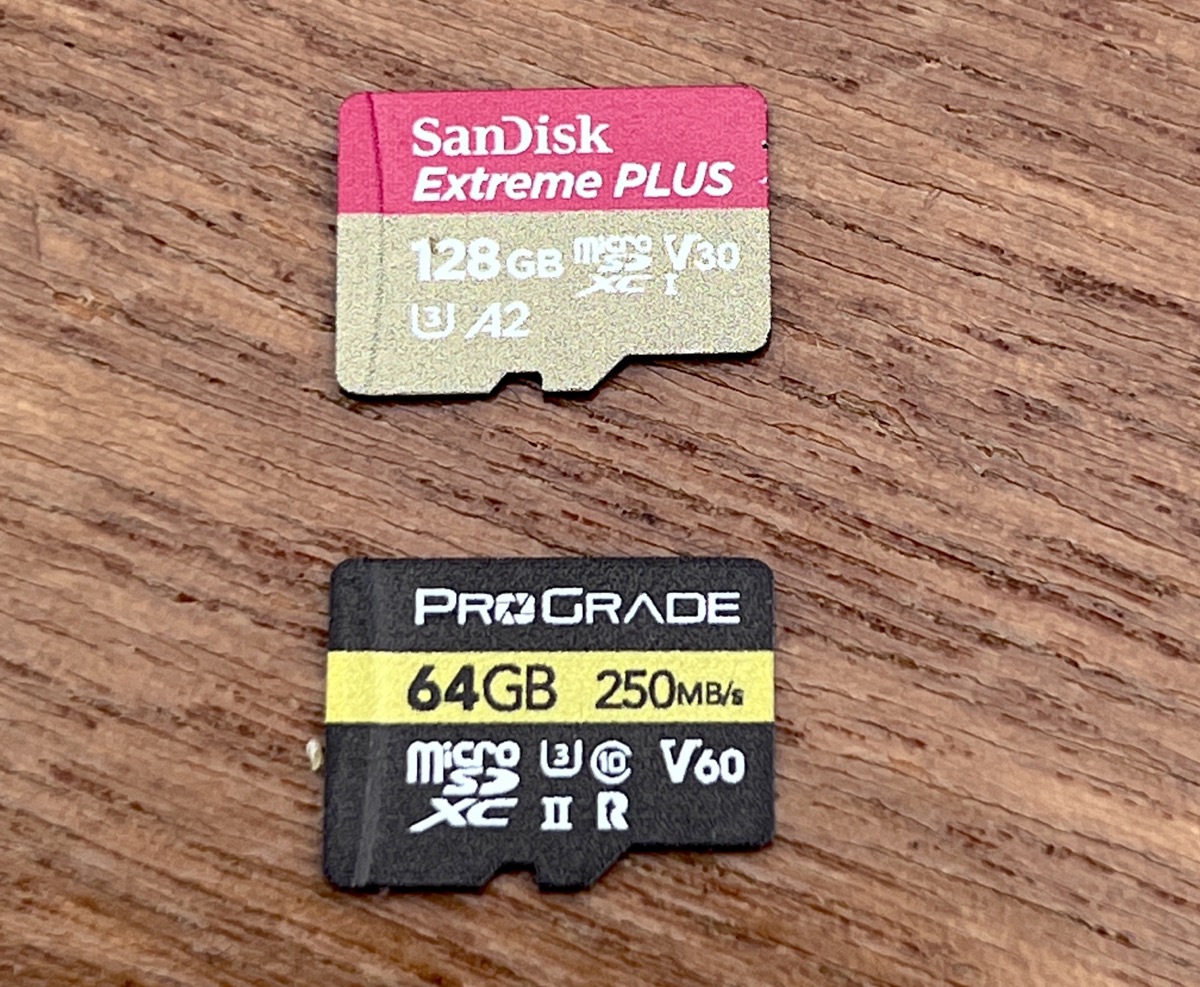
Image: Adrian Kingsley-Hughes/ZDNET.
Here’s an annotated map to show you what that means:
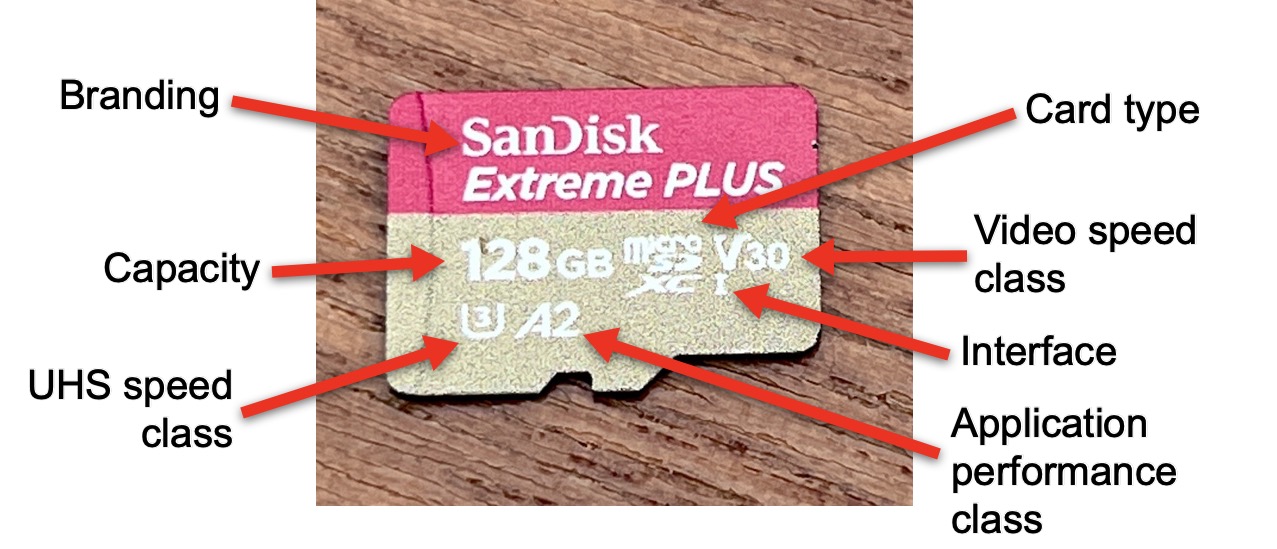
Image: Adrian Kingsley-Hughes/ZDNET.
As you can see, there is a lot of information here. Here’s some insight from this chart from memory vendor Kingston.
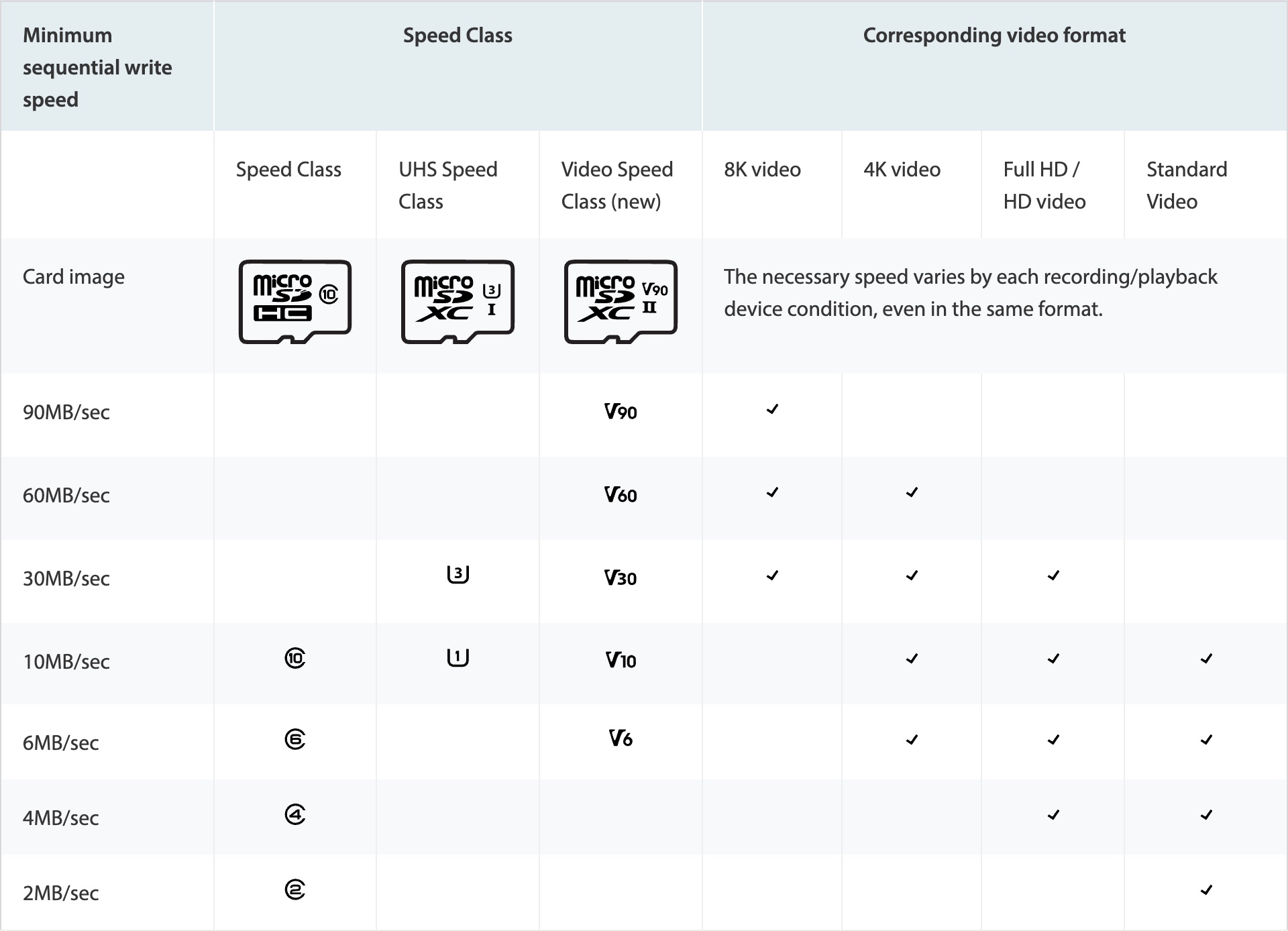
Picture: Kingston.
As you can see, there are a lot of speed classes, and these refer to the minimum speeds you should expect from the card when it’s in a device, be it a smartphone, a camera or a video camera.
What’s missing from this list is class AppPerformance. There are two – A1 and A2 – which indicate the minimum number of IOPS (input-output) accesses per second for the card. These criteria come into play when using a microSD card in a smartphone or tablet to store data, including applications.
- A1: 1500 minimum random read IOPS, 500 minimum random write IOPS, 10 MB/s minimum sustained sequential write.
- A2: 4000 minimum random read IOPS, 2000 minimum random write IOPS, 10 MB/s minimum sustained sequential write.
There is also a difference in the layout of the pin contacts on the back of the boards between the XC I and XC II boards (the XC IIs have more contacts):
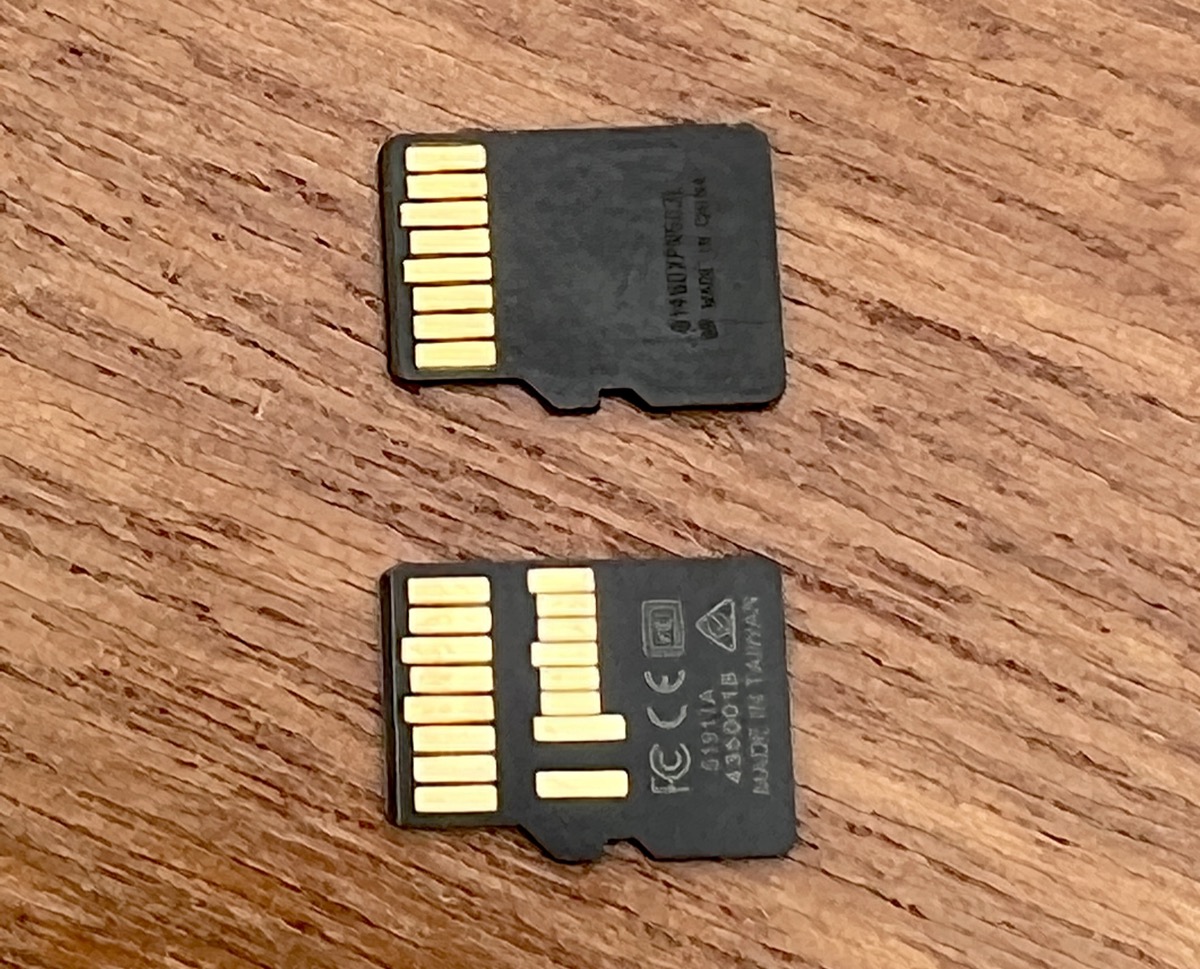
Image: Adrian Kingsley-Hughes/ZDNET.
Similar leaderboards also appear on SD cards.
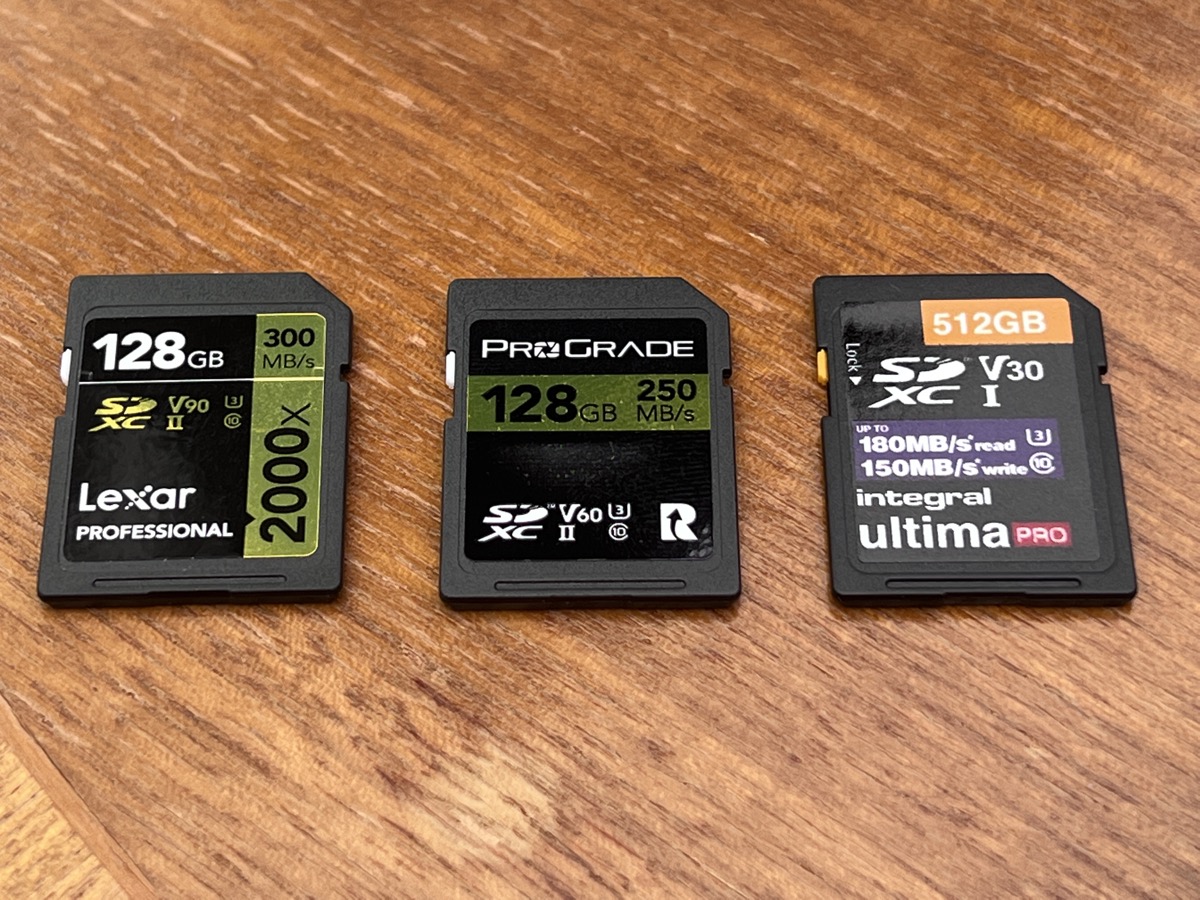
Image: Adrian Kingsley-Hughes/ZDNET.
And again, the contact layout differs between the XC I and XC II boards, with the XC II having more contacts.
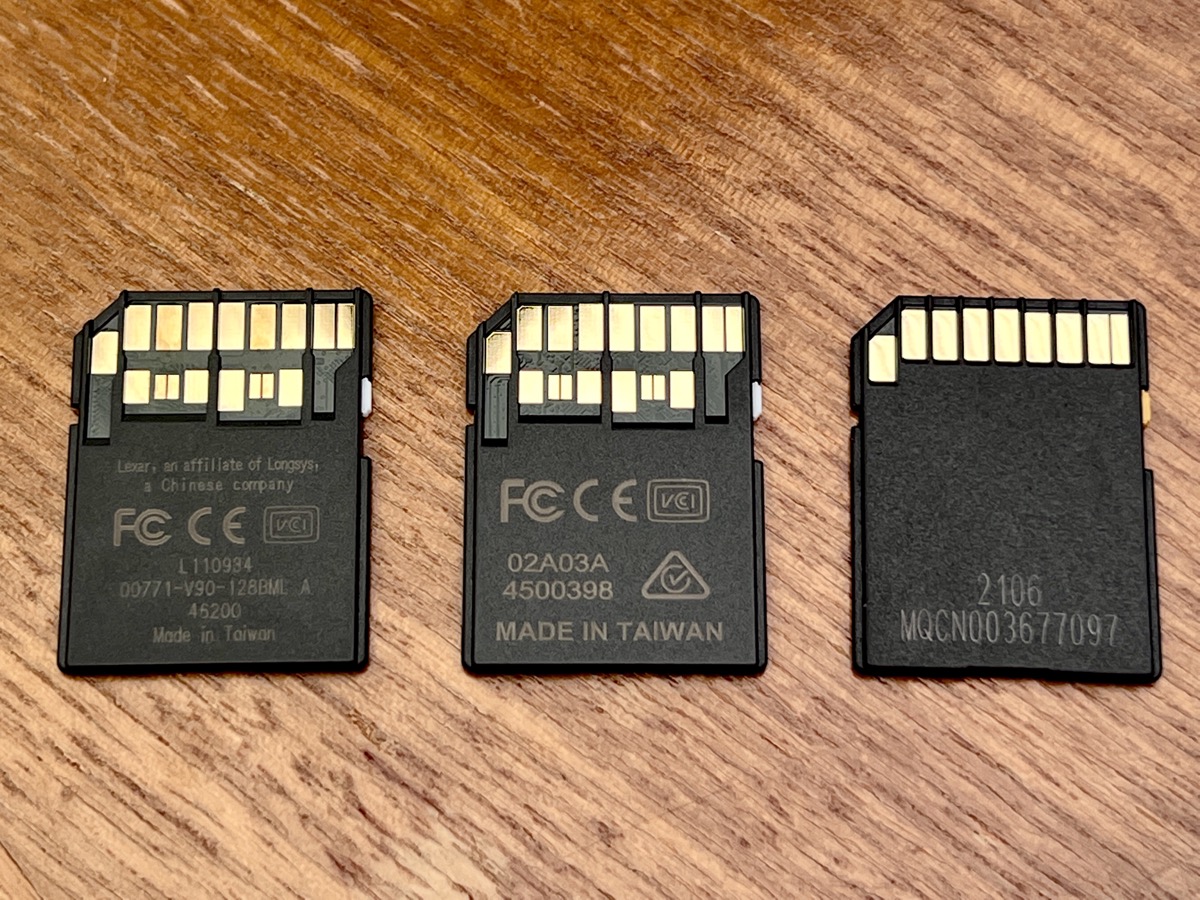
Image: Adrian Kingsley-Hughes/ZDNET.
Which card to choose?
First, always buy a brand name card from a reputable seller. Not only are there many unknown brand and cheap cards, but there are also a lot of counterfeits.
If you need a microSD card for a smartphone, it should at least be A2 compliant. However, I would buy a card that meets both XC I and U3 UHS speed class.
For drones, an XC I microSD card that meets U3 UHS Speed Class should provide adequate performance. Some devices may support high-spec cards, but double-check that you get a speed boost if you’re going to spend more.
What about SD cards for cameras? This is where things get complicated. If you use your camera to take photos or shoot HD video, an XC I card with a speed rating of U3 and V30 will be fine for you.
However, many modern cameras now support the higher speeds offered by XC II cards. So it might be worth spending a bit more money, especially if you plan to shoot 4K video.
Again, check with the manufacturer to see if higher speeds are supported, otherwise you’ll just be throwing money away.
Source: ZDNet.com
